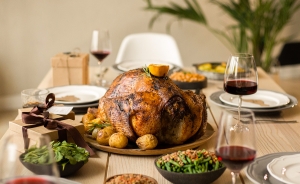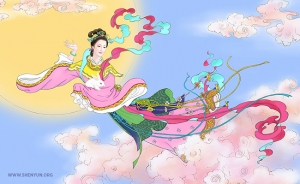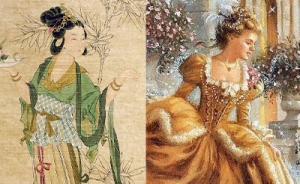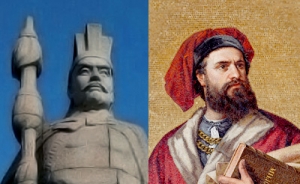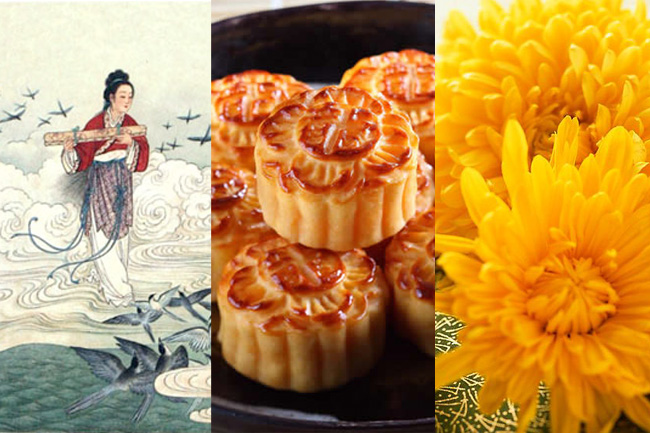
Three Chinese Holidays You Really Shouldn't Miss This Season
3 Chinese Holidays Not-to-be-Missed This Season
The approaching year’s end is an opportune time for holidays here in the U.S.A. There’s plenty of good fun and food to look forward to with Halloween, Thanksgiving, and Christmas around the corner. But if you could travel back in time, you’d find that Chinese people traditionally enjoyed their share of festivals, too. So if you ever find yourself growing bored of trick-or-treats and turkey stuffing, why not try one of these holidays for fun?
Note: since Chinese holidays follow the lunar calendar, the exact dates change yearly—so update your calendars annually!
1. Double Seventh Festival (August 13, 2013 – 7th day of 7th lunar month)
Story & Origins:
Also known as the Seventh Sister’s Birthday, the Magpie Festival, or the Lovers’ Holiday.
Once upon a folk tale, a young cowherd stumbled upon a fairy weaver girl, the seventh daughter of a goddess, visiting Earth. They fell in love and married, but without prior blessing from heaven. When the Goddess of Heaven found out, she was furious, and forced the weaver girl to leave her husband.
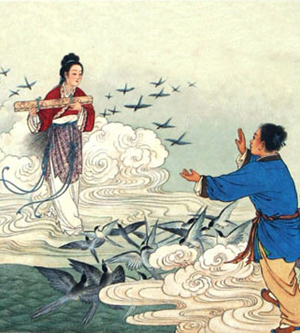
The forsaken cowherd was at a loss for what to do. Luckily, his faithful ox offered its skin to wear so he could ascend to Heaven to find his wife. This he did, and was well on his way to see her when the Goddess of Heaven interfered again. She used her hairpin to scratch out a wide river in the sky—which we now refer to as the Milky Way—to separate the lovers for good. The lonely cowherd was forced to sit on banks, watching his lover weaving on her loom. (In one version of the story, the fairy maiden’s job was to weave colorful clouds for heaven.)
Luckily, this story has a (somewhat) happy ending: the lovers’ plight moved the magpies of the world to pity. Once a year, on the 7th day of the 7th month, the magpies fly together to form a bridge over the celestial river so husband and wife can reunite. People traditionally expect rainfall on this day, as a result of tears from the reunited couple.
How to Celebrate:
This is the eastern equivalent of Valentine’s Day, so couples can expect lots of flowers, gift-giving, and weddings. Traditionally, single or newly-married women made offerings of fruit, flowers, tea, and face powder to the cowherd and weaver girl. If your local area has a grapevine, try standing under it at night, as legend says you can hear the cowherd and weaver girl talking there.
Bonus Points:
-The Cowherd and the Weaver Girl were inspired by the stars of Altair and Vega, respectively. Try to find them in the sky in late summer!
-Once you find these two, keep an eye out for the star Deneb, said to be a fairy chaperone who watches over the lovers when they meet.
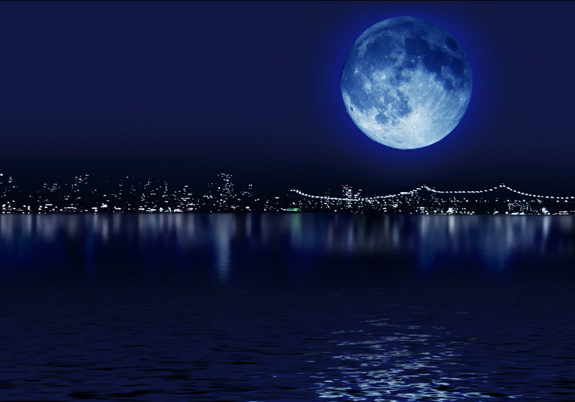
2. Mid-Autumn Festival (September 19, 2013: the 15th day of 8th lunar month)
Story & Origins:
Inspired by the folk tale of Houyi and Chang’E. When Houyi shot down nine scorching suns in the sky, the Jade Emperor was infuriated, as these suns were his nine sons (go figure!). The Jade Emperor banished Houyi with his wife Chang’E to earth to live as mortals. To make a long story short, Houyi found some immortality elixir, Chang’E grew impatient and drank the entire bottle, and ended up flying to the moon (predating Neil Armstrong by a good few millennia). Conveniently enough, the moon had a grand palace on-site and a cute jade rabbit to keep her company, though she was otherwise bitterly lonely.
One version states that Houyi pursued her halfway to heaven but met with strong winds that forced him back to Earth. He built a palace for himself in the sun instead, and met with Chang’E once a year during the Mid-Autumn Festival (let’s hope that the wind died down on those occasions!).
Another story claims that the festival was actually inspired by an uprising against the Mongol rulers of the Yuan Dynasty (1280-1368). During that time, group gatherings were banned to prevent potential uprisings. However, one rebel advisor, Liu Bowen, noticed that Mongols never ate moon cakes. He devised a plan to get permission to distribute thousands of moon cakes to Chinese residents in the city on the night of the Mid-Autumn festival, ostentatiously to celebrate the emperor’s longevity.
In reality, each mooncake was embedded with a message that said: “Kill the Mongols on the 15th day of the 8th lunar month!” Thus, a coordinated attack overthrew the government that night and established the Ming Dynasty (1368-1644) under rebel leader Zhu Yuanzhang. Mooncakes attained national snack-food status for the festival ever afterwards.
How to Celebrate:
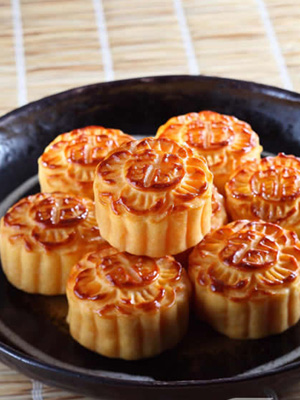
This is the greatest holiday of the Chinese autumnal season, when the moon is biggest and roundest, and families gather together Thanksgiving-style. Just replace the turkey with some mooncakes, light up some lanterns and fireworks, and enjoy time with family. Moon-watching is a must if the skies are clear.
A mooncake is a thick traditional Chinese pastry, typically round or square in shape, offered between friends or family on the day of the festival. Typical fillings can be sweet or salty, ranging from red bean and lotus bean paste to salted duck egg yolks and meat. Popular variations include green tea and taro. Traditional mooncakes are imprinted with Chinese characters for longevity or harmony, various designs such as Chang’E and rabbits, or the name of the filling inside.
Bonus Points:
-For making your own mooncakes.
-Leave some goodies with incense out for Chang’E and her rabbit friend in the moon.
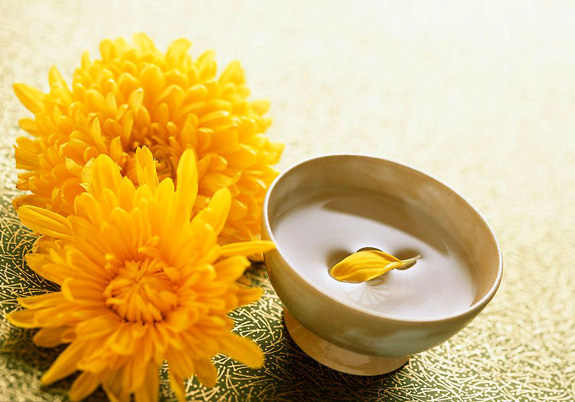
3. Double Ninth Festival (October 13, 2013: the 9th day of 9th lunar month)
Story & Origins:
The I Ching considered the number “nine” to be a yang number in the theory of yin and yang, and the 9th day of the 9th lunar month was a potentially dangerous date because of excess yang energy.
Various sources trace this holiday to the story of Huan Jing, a man who believed a pestilence was coming on the 9th day of the 9th lunar month. To avoid disaster, he told his family members to climb a hill with zhuyu (dogwood) sprigs and drink chrysanthemum wine.
Dogwood (Cornus officinalis to be exact), with its strong fragrance, was said to drive away evil spirits; chrysanthemum blossoms promoted longevity. Both plants were said to have cleansing qualities and the ability to cure illnesses.
The family obeyed and did not return to the village until evening, when they found all their livestock dead. Huan Jing found out from his teacher, a cultivating Taoist, that the animals had died in place of his family.
How to Celebrate:
For an authentic Double Ninth experience today, grab some chrysanthemum tea (or wine, if you prefer), stick a sprig of dogwood in your hair, and climb the nearest mountain. If there’s no mountain nearby, eat some rice cakes instead—the Chinese character for cake, gao, is a homophone for height.
Bonus Points:
- Learn to recite poems about chrysanthemums in Chinese. Wang Wei’s “Double Ninth, Missing My Shandong Brothers” is a classic, and only five lines long.
If you ask me, the ancients knew how to enjoy themselves! With pastries and flower tea, stargazing and moon-watching, Chinese holidays blended the mythical and poetical in joyous celebrations that everyone could enjoy.

Jade Zhan
Contributing writer
2013年8月3日


